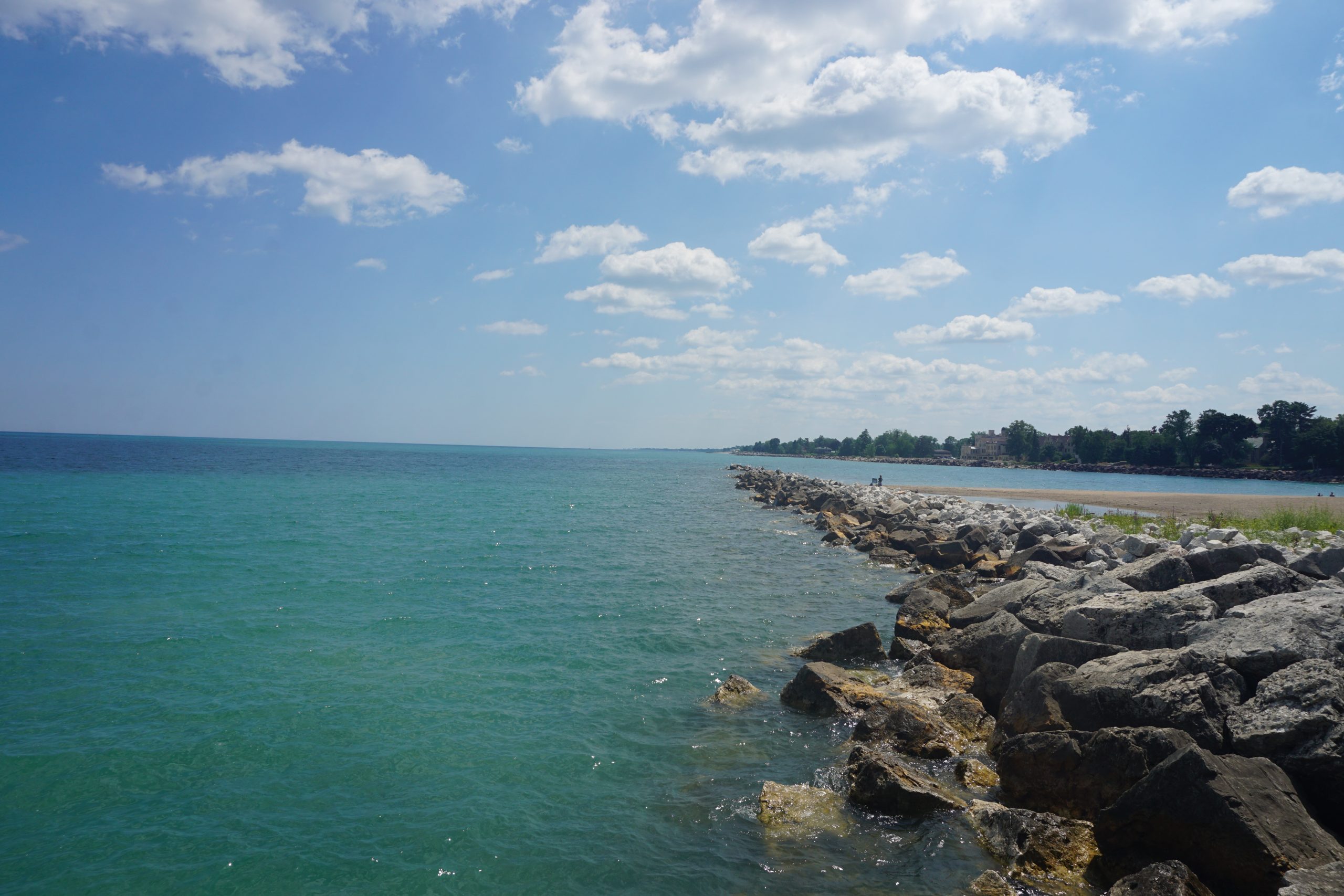White Lake in Michigan was once a notorious “toxic hotspot” due to decades of pollution from the 1950s to the 1980s. The primary sources of this pollution were chemical manufacturing facilities and tannery waste, which led to significant environmental and health concerns.
The Sources of Pollution

Chemical Manufacturing
Facilities like DuPont Chemical and Hooker Chemical were major contributors to the pollution in White Lake. These companies released a variety of chemicals into the lake, causing severe environmental degradation.
Tannery Waste
The Whitehall Leather Co. was another significant source of pollution, as it deposited heavy metals and chemicals into the lake. This led to harmful algae blooms and other issues.
The Environmental and Health Impacts

The pollution in White Lake had a devastating impact on the local ecosystem and community.
Loss of Fish and Wildlife Habitat
The pollution caused a decline in fish and wildlife populations, affecting the overall health of the lake’s ecosystem.
Toxic Algae Blooms
The lake experienced harmful algae blooms, which posed a risk to human health and aquatic life.
Groundwater Contamination
The pollution also contaminated the groundwater, affecting the local water supply.
The Cleanup Efforts
To address the pollution in White Lake, various measures were taken over the years.
Remedial Action Plan
In 1987, a plan was put in place to guide the cleanup efforts and restore the lake’s health.
Sediment Removal
Between 2002 and 2012, over 145,700 cubic yards of contaminated sediment were removed from the lake’s shoreline at a cost of $5.3 million.
Habitat Restoration
Projects funded by the U.S. EPA’s Great Lakes Restoration Initiative helped restore shoreline habitats, create wetlands, and remove shoreline debris.
Groundwater Remediation
A new well was installed for the City of Whitehall to address the groundwater contamination.
The Successful Cleanup
The cleanup efforts were successful, and in 2014, White Lake was officially removed from the list of Great Lakes Areas of Concern, marking a significant milestone in the lake’s recovery.
Timeline for Delisting
- 1985: White Lake was added to the list of Great Lakes Areas of Concern.
- 2010: A $2.1 million grant from the U.S. EPA’s Great Lakes Restoration Initiative boosted cleanup efforts.
- 2014: White Lake was officially removed from the list of Great Lakes Areas of Concern.
Economic Impact
The cleanup efforts had a positive impact on the local economy. A study found that the cleanup of White Lake and Muskegon Lake recovered $16.4 million in lost housing value for nearby homeowners.
Ongoing Challenges
Despite the significant progress made, White Lake still faces emerging issues such as E. coli, toxic algae, stormwater runoff, and climate change, which could impact its water quality in the future.
